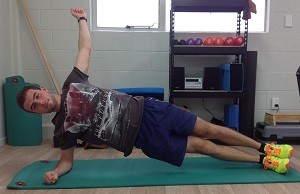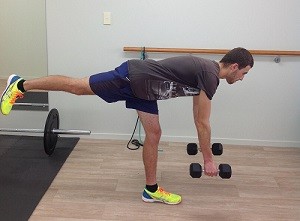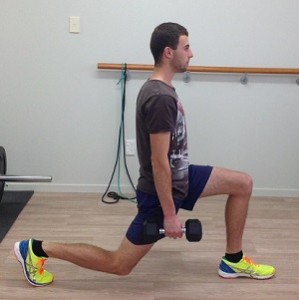Running is good for you, despite what some of you might think!
Running helps reduce the risk of hip and knee joint replacements, helps gets your weight down, improves bone mineral density and reduces the risk of many other modifiable diseases such as heart disease and diabetes.
Unfortunately, though compared to other endurance sports there is a relatively high soft tissue injury rate. Most of these injuries are overuse type injuries, for example, anterior knee pain, ITB syndrome, shin splints and the like. Research suggests novice runners are more injury-prone than the more experienced, but due to that variability of the research, it is quite difficult to get a handle on the true incidence of injured runners.

Quoted incidence rates run between 7 and 79 %. Many injuries can be avoided with the following simple tips.
1. The ten % rule.
It simply goes like this. Do not increase your total weekly mileage by more the 10% week on week and do not increase the length of your longest run by more than 10% each week. If you are a novice or coming back from injury it might be better to increase by much slower rates than this.
2. Hard day. Easy day.
Hard runs include your long slow distance for marathon training, your speed workouts (fartlek or intervals), hill sessions, tempo pace runs and of course races. Unless you are elite try to not do these sessions back to back, have a steady day or easy day the following day.
As a general rule, one hill session, one speed work out and one long run will work for most runners with steady days in between.
3. Build some drills and dynamic stretching into your routine.
It’s a good idea as part of your warm up to do some drills like high knees, butt kicks and other skipping drills. Also some dynamic stretches of hamstrings, adductors, calves and quads.
4. Don’t forget your hips.
It’s not all about the glutes, but they are very important muscles for good running form. Strengthening your glutes as well as your quads and hamstrings will improve your form. Try doing lunges, squats, Romanian deadlifts, clams and side bridges. All great exercises to keep your butt powerful and pelvis stable while running. Try and do one to two sessions of strengthening per week.
5. Variety.
Run on a variety of terrains, vary your route and get off-road to build stability, agility and balance. If you run around the same old circuit with the same camber on the pavement you are asking for trouble.
6. Stretch.
Stretch regularly to improve and maintain flexibility, use a foam roller or ball to get into those tight spots and increase your range of motion and reduce any niggles. Spend 2 to 3 minutes on each muscle group twice a week.
 7. Don’t neglect your core.
7. Don’t neglect your core.
Your core i.e. your abdominals, back muscles, and pelvic floor keep your body strong and stiff while your run, improving your posture, alignment and ultimately your running form. Planks, side planks, bridges, Russian twists in all their forms are great exercises to do twice a week.
8. Take care with what you wear on your feet.
There is no one perfect running shoe that suits everybody. There has been a lot of press about minimalist shoes and barefoot running, so choosing a shoe can be confusing. There are benefits of running in minimal type shoes and there are risks, as there are with running in highly posted pronation correction shoes and orthotics.
The risks need to be weighed against the potential benefits for changing your shoe so my advice is to think very carefully before changing your shoe type radically, especially if the shoe you wear now is working well for you. Gradual changes work best, so you can get used to a new way of running.
Finally, buy new shoes as regularly as you can afford. Wearing old and worn out shoes is correlated with injured runners although there is no established cause and effect.
Don’t put running in the too hard basket just yet. It’s not just a game for young players. You’ll quickly discover if you start running, what was hard last week it easier the next as you get faster and fitter.











Join the Discussion
Type out your comment here:
You must be logged in to post a comment.